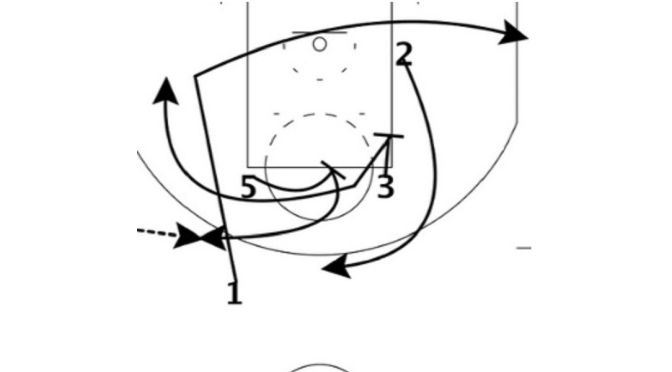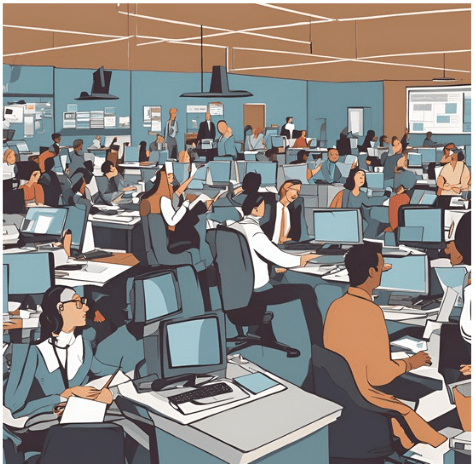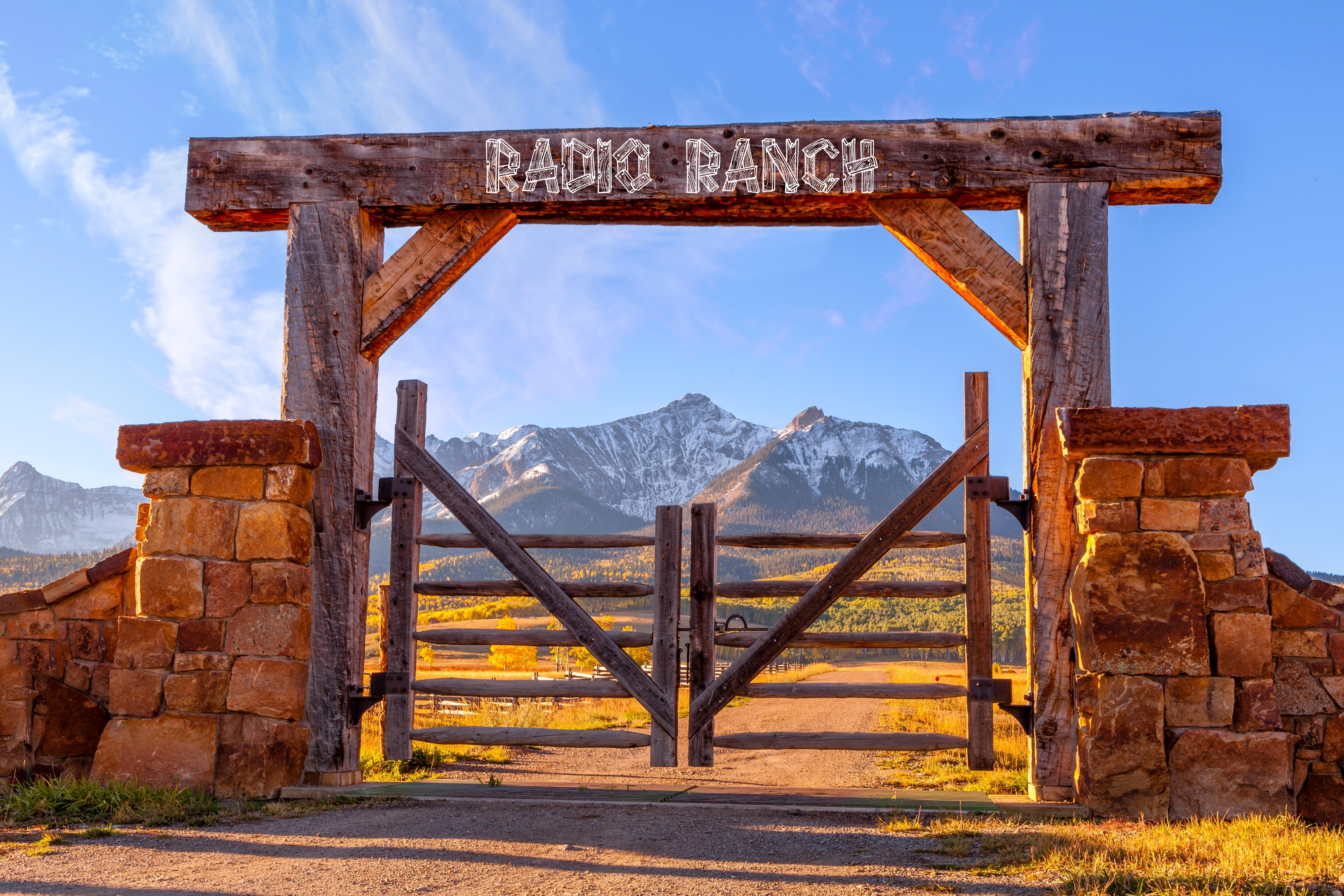
It’s been one challenging year for public radio, and the headwinds will most likely continue well into 2025. As we learned in drip-drip fashion over the past many months, many once-successful public radio stations found themselves laying off employees, cancelling long-running shows and podcasts, suffering from lower ratings and less robust fundraising, as well as criticism from the new Trump Administration. It seems like everywhere public radio turned, the barriers were formidable.
What went wrong for public radio stations and organizations in 2024, and what’s the solution? That was the question I tried to answer this past summer in a two-partner. The installment I think resonated the most with many of you is actually Part 2. (Part 1 is linked below)
This post turned out to be one of the most-read, symbolizing to me that many more of you listen to public radio than certainly I expected. And I heard from many of you that the issues facing public radio stations are numerous and complicated. In our new Public Radio Techsurvey for 2024, we’re seeing stress cracks galore – an aging audience, weakening Net Promoter Scores, a frustrating news cycle, and other signs of fatigue.
While many discussions are no doubt taking place within the public radio system in attempts to “fix it,” there is no unified front that speaks for the many players in this space. Lots of people are trying to answer the call and craft solutions, only to find out virtually every organization is approaching these challenges differently. At the center of it all is NPR, but most observers are in agreement it is trying to solve problems of its own.
This duo of posts was my effort to state some of the key problems and point to ways to address obvious deficiencies. As the year winds down, many public radio stations feel mired in the past, but are unsure about a path forward.
Along with many in and around public radio, I believe it is essential this form of radio remains vital and strong. But it may require considerably more resilience, patience, investment, research, and a better news cycle. Here’s what I wrote last summer, and I hope it’s food for thoughts as we close out 2024. – FJ
“Is Public Radio A Victim Of Its Own Org Chart, Part 2”
July 30, 2024
In yesterday’s post, I talked about public radio’s program directors and their historic roles in their organizations. What does it mean to program a public radio station? Who’s in charge of this weighty challenge? What role do other managers play in the station’s content strategy? And why do the responsibilities of public radio programmers differ so greatly from their commercial radio counterparts? In other words, who’s programming public radio stations?
The two responses you hear most often is that it’s a group effort, and “it depends.” Because vacuums vary from organization to organization, who exactly is calling the shots may depend on specifically who’s the station manager and what day-to-day role they play in shaping strategies and tactics.
I believe a reality of radio (or television or film or podcasting) is that the central direction of a media organization’s content model has to emanate from the vision of one person. The “vision thing” at media brands works best when it comes from a single programmer with (hopefully) a plan – in other words, a brand manager, a showrunner, a program director.
So what does the PD at a public radio station actually get to do? They often shuffle network programs the station carries (usually the vast majority of what you hear on these stations to begin with), adding or dropping them on occasion. But rarely, are they involved in the same type of X’s and O’s programming the commercial radio PD spends much of their time thinking about.
majority of what you hear on these stations to begin with), adding or dropping them on occasion. But rarely, are they involved in the same type of X’s and O’s programming the commercial radio PD spends much of their time thinking about.
In public radio, basic formatics, cross-promotional activities, promotional messaging, and working with talent (inside or outside of the news department) often aren’t even on a PD’s to-do list. There’s not usually a lot of airchecking going on in public radio news/talk stations, even with the “local hosts” of NPR’s popular drivetime news magazines, Morning Edition and All Things Considered. Not many of these hometown anchors of network shows are regularly evaluated. As a result, few if any bring a whole lot to the station, often “babysitting” (or board opping) network programs, while reading local news headlines after NPR or BBC newscasts.
When there was very little competition for radio news, public radio stations often had a lock on well-educated locals looking for quality news and information content on the AM or FM bands. They could get away with less immediacy. Being “in the moment” was rarely a priority. The tacit understanding was that when news breaks, your public radio station will be there – more likely, tomorrow – to put it all into perspective. Pre-Trump, that usually worked out pretty well on most days.
 For the same reasons, public radio stations could also get by with loose formatics, a lack of local personality development, and a lackluster, even sloppy promotional strategy. Core listeners generally knew the schedule or lineup of shows anyway.
For the same reasons, public radio stations could also get by with loose formatics, a lack of local personality development, and a lackluster, even sloppy promotional strategy. Core listeners generally knew the schedule or lineup of shows anyway.
But today, the competition for news and information isn’t just fierce, it has exponentially expanded across platforms. This reality is sinking in among public radio’s managers, often frustrated by lapsed listeners and even ex-members who have gravitated to the web, mobile apps, podcasts, and social media for information and commentary, especially in a world where “breaking news” comes virtually every hour, often when most public radio stations are in the middle of broadcasting shows that may be prerecorded, like Fresh Air, 1A, or Wait, Wait…Don’t Tell Me!
Last week in a blog post titled “Radio Could Use A Good Fixer,” a story in Nieman Lab broke down how consumers found out about President Biden pulling out of the election. Their conclusion was their sub-headline:
‘BREAKING: The ways people hear about big news these days; ‘into a million pieces,’ says source”
In this environment, messaging, on-air (and off-air) marketing, and the placement of these elements cannot be left to random chance or even a rotational system that fails to take that moment’s news cycle into account.
The need for a “tactegic” plan – combining the strategic and the tactical – is essential, but often missing in action on the majority of public radio news/talk stations I hear. There’s the compulsory and dull “Next on Fresh Air” network-produced promos that often run like pedestrian clockwork. And they seemingly air with the same frequency no matter whether the guest is a four-star “great get” or a playwright most people have never heard of.
radio news/talk stations I hear. There’s the compulsory and dull “Next on Fresh Air” network-produced promos that often run like pedestrian clockwork. And they seemingly air with the same frequency no matter whether the guest is a four-star “great get” or a playwright most people have never heard of.
Thus, most of this “promotional activity” is paint-by-the-numbers – simply out of context with what’s happening in the news that day, whether it comes out of Gaza, D.C., or across town.
When a station focused on news often sounds oblivious to the news around it, the audience gets the message. Of course, public radio – including NPR, APM, and other network programs – is comprised of high quality radio, and fans of these stations appreciate them, especially when threatened as they are once again by the current saber-rattling of Senator Cruz and the “Project 2025” doctrine, both of which are threatening funding.
 But as a result of a low threshold of in-the-moment on-air marketing and elementary appointment setting, listening is simply being left on the table by busy listeners with many immediate choices “meeting them where they are.” Moreover, public radio stations, including many network shows, often miss the moment online where a supporting graphic or photo, a Q&A or “explainer,” or other additional elements could easily enhance a story or feature. But too few public radio employees – in and out of the newsroom – seem to think this is important.
But as a result of a low threshold of in-the-moment on-air marketing and elementary appointment setting, listening is simply being left on the table by busy listeners with many immediate choices “meeting them where they are.” Moreover, public radio stations, including many network shows, often miss the moment online where a supporting graphic or photo, a Q&A or “explainer,” or other additional elements could easily enhance a story or feature. But too few public radio employees – in and out of the newsroom – seem to think this is important.
I’m not here to compare “children” – in this case, commercial radio PDs and their public radio titular equivalents. But most of the former were trained with a “brilliant at the basics” philosophy. Ask some of the best commercial radio programmers heading up music or spoken work stations, and they’ll tell you the lengths they go to facilitate cume-friendliness and an on-air environment where “occasion setting” and time-spent listening are the Holy Grail.
The best of that breed are regularly airchecking their talent, focusing on the precision of their stations to deliver a solid broadcast product to their audience (and their advertisers) in a reliable way.
In almost every case, commercial radio programmers are hyper-focused on their positioning, the messaging, and the need to communicate their station’s overriding mission every chance they can get. They understand the need for consistent language in both produced and live pieces, knowing full well audience members “get the message” thanks to repetition and focus. (It works the same way in politics.)
their station’s overriding mission every chance they can get. They understand the need for consistent language in both produced and live pieces, knowing full well audience members “get the message” thanks to repetition and focus. (It works the same way in politics.)
Instead, most of public radio’s news/talk stations are more focused on telling you about their shows rather than about themselves and what they stand for. When there’s an immediate need to hear about a story and perhaps later on, to understand it, your local public radio station may be down the list of news sources consumers are likely to think of in that moment.
They may still turn on Morning Edition to start their days, consistent with a daily routine. But as the midday hours roll along, their attention deficit conditions are in full bloom across the spectrum of news outlets, social media memes, podcasts, newsletters, push alerts on their mobile phones, and other sources all competing for their attention. You don’t win their time by casually going through the motions. News brands proactively reach out directly, making every effort to attract and retain them.
I think back to that research aggregation project from last year the Station Resource Group, Public Media Content Collective (formerly PRPD), and Greater Public collaborated on, producing a timely and handy “Playbook.”
Two of the key takeaways from that effort included the need to focus on local news, along with stations having more of a physical presence in their local communities. And yet one year later, I hear few signs these recommendations have been taken seriously, much less put into effect.
 Positioning and messaging that showcase public radio’s commitment to local news and events – or even the election – just 98 days away now – and how stations will be providing their unique coverage of the goings-on, especially local down-ballot races and propositions are sporadic and not present enough to sink in, given the incessant din of competitive news and information sources.
Positioning and messaging that showcase public radio’s commitment to local news and events – or even the election – just 98 days away now – and how stations will be providing their unique coverage of the goings-on, especially local down-ballot races and propositions are sporadic and not present enough to sink in, given the incessant din of competitive news and information sources.
Ironically, many public radio stations have more than enough reporters in their newsrooms, but their talents often blur or are even wasted because most are nameless and faceless. Assigning them to “beat” or desks (the environment, urban growth, local politics, the homeless) might help the audience keeping score at home, developing a better scope of what the station’s news effort is all about. Instead, public radio’s newsroom advantage – its ability to effectively cover local news – is blunted and offset by its own inefficiencies.
Yet, in the focus groups we do for public radio stations, core P1s plucked right out of the station’s member/email database are often hard- pressed to name a single news reporter on their public radio station. Even worse, many daily listeners may not be able to recall the local host for Morning Edition or All Things Considered, much less anything about them and their role at the station.
pressed to name a single news reporter on their public radio station. Even worse, many daily listeners may not be able to recall the local host for Morning Edition or All Things Considered, much less anything about them and their role at the station.
No, public radio shouldn’t be developing “morning zoos.” But regular listeners should know the basic players, what they do, and why they matter – not just in order to better consume the station but also to gain an understanding of diverse staff contributions when it comes to fundraising times.
Instead, most public radio stations continue to be fixated on promoting “the next edition of Here & Now” along with the rest of today’s regularly scheduled programs. Or worse, promos that run during the beginning of the week for the “upcoming” weekend lineup. (Pro tip: No one’s planning their listening that far ahead.)
Every day is not the same. And talented programmers realize that in order for their stations to sound relevant and live, they must be agile enough to adjust to the news cycle and keep up with audience needs and demands – in the moment.
What is the most important thing a station wants to communicate today, this week, this month? And how can on/off-air messaging be custom designed and tweaked to make that happen?
Many public radio stations simply do not employ program directors with a strong radio background. While Chief Content Officers may talk a good game about newsletters, websites, apps, and podcasts, who’s tending to radio?
And at the moment, that’s precisely where the need is greatest. It is radio ratings that are often languishing, creating havoc with underwriting, and eventually membership. And as listener habits are disrupted by myriad media sources across the spectrum, fundraising becomes more arduous, forcing longer pledge drives and subsequently, more boredom, and the inevitable tune-out.
 Then there’s the other piece of the “solution” – boots on the ground, eye contact with listeners in the market – essential to public radio regaining its mojo. But back to the org chart, chances are you won’t find a box for an events marketing person.
Then there’s the other piece of the “solution” – boots on the ground, eye contact with listeners in the market – essential to public radio regaining its mojo. But back to the org chart, chances are you won’t find a box for an events marketing person.
As a result, these moments with audiences, sponsors, and community leaders tend to be sporadic because they often fall between departments. Everyone has a to-do list, but no one is in a leadership position. And that’s why there often aren’t enough of these to make a lasting impression. No one is leading the charge.
Winning the local laurels is actually attainable for most public radio stations. Commercial radio “street teams” have been depleted…or scrapped. In-market visibility has largely become a lost art. The first thing to go is promotions and marketing. In this dwindling environment, many public radio outlets are in the position to lead. But few seize the moment.
It’s Business 101. And it means starting out by mapping out the station’s mission – what it stands for in 2024 and beyond – and how to get there from here. For most operations, this means a serious rethinking of the “givens” to pressure check whether the historical priorities and existing mission statement still makes sense today.
Once accomplished, the org chart should be in play. How does the current model match up with changing needs and priorities? Can it be restructured to better reflect the mission at hand? Does a new staff position (or two) need to be created to better accommodate changing needs? And who will these people report to?
Specifically, who’s in charge of the product? And does he/she have the skills, the authority, and the staff to lead the way? Yes, digital is of
paramount performance, now and in the future. We all know that. But in the quest to walk and chew gum at the same time, who’s minding the homestead, taking care of the “radio ranch?”
Change is hard. But budget deficits, staff layoffs, and programming cutbacks are harder, more painful, and more challenging to overcome. They tarnish the brand, making it difficult to overcome ratings and fundraising deficits.
Being proactive and attacking these issues – before your brand comes under attack – is part of what it means to be a prescient, aware manager.
The late Jack Welch, former CEO of General Electric, put it well:
“Change before you have to.”
You have to.
Jacobs Media specializes in helping media organizations make these transitions. Let us know if we can help your organization and brand advance.
To read Part 1 of this post, “Is Public Radio A Victim Of Its Own Org Chart,” click here.
Originally published by Jacobs Media









